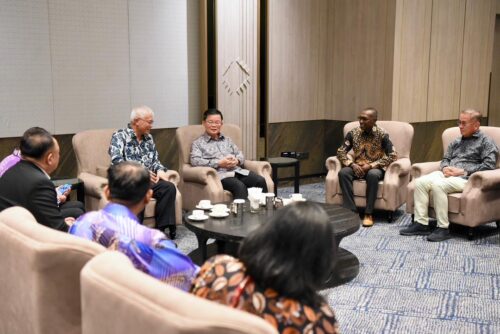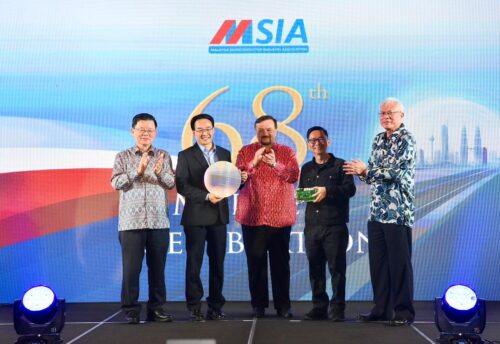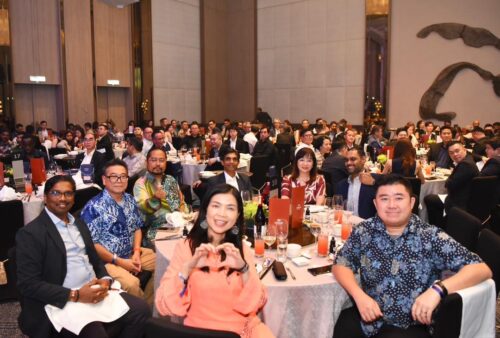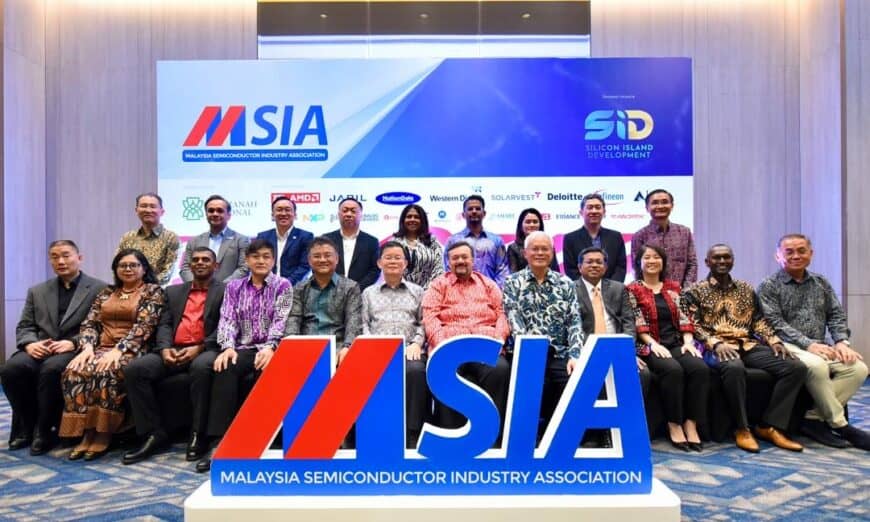CHIEF Minister Chow Kon Yeow has called for the establishment of a comprehensive coordinating body to improve government efficiency and ensure the effective rollout of national strategies, including the National Semiconductor Strategy (NSS).
Speaking at the Malaysia Semiconductor Industry Association (MSIA) Merdeka Celebration 2025 at Hilton Kuala Lumpur, Chow said such a coordinating body could streamline overlapping functions, monitor delivery, and strengthen accountability across government agencies.
“The best strategies are only as strong as their execution. Perhaps it is time for Malaysia to consider a comprehensive coordinating body that ensures national strategies do not remain as policy documents, but become living realities,” he said.

Citing international examples, Chow pointed to the United States Digital Service, which consolidated oversight of contracts and introduced digital reforms.
“I am not suggesting we copy them, but we can certainly learn, adapt and design something better, transparent, collaborative, and people-centric,” he said.
Chow emphasised Penang’s integral role in driving Malaysia’s electrical and electronics (E&E) sector.

“The state contributed more than RM360 billion in E&E exports last year, almost one-third of the national total. In the first six months of this year, Penang recorded RM18.9 billion in approved investments.
“Next time you pick up your smartphone, drive your car, or board a plane, there’s a good chance the chip inside comes from Penang,” he said.
While acknowledging global challenges, such as the proposed 100% tariff on semiconductors in the United States, Chow said Penang viewed such developments as opportunities to move further up the value chain.
He cited local technology firms ViTrox, Pentamaster and QES, which are expanding into new markets and investing in research and development.
On top of that, Chow mentioned the state is also aligning with the NSS target of producing 60,000 skilled engineers by 2030 through initiatives such as the Penang STEM Talent Blueprint, the Penang Chip Design Academy and the upcoming IC Design and Digital Park in Bayan Lepas.
“Imagine one day soon, seeing world-class chips proudly carrying the ‘Made in Malaysia’ mark,” he said.

Finance Minister II Senator Datuk Seri Amir Hamzah Azizan said that the country’s semiconductor industry recorded strong growth in the first half of 2025, with exports rising 15.7% year-on-year, placing the country firmly in the global value chain.
He said the sector remained a key driver of the economy, noting that in 2024, E&E exports totalled RM601.6 billion, nearly 40% of Malaysia’s overall exports.
From January to July this year, exports rose 17.3% to RM391.4 billion compared with the same period last year.
“Our economy grew 4.4% in the second quarter, in line with Bank Negara’s forecast. Despite global headwinds, Malaysia continues to show resilience, supported by the strength of key sectors like semiconductors,” he said.
MSIA president Datuk Seri Wong Siew Hai said the semiconductor industry continues to grow despite facing challenges worldwide, especially with the tariffs implemented.

He said MSIA is committed to nurturing local talent to move up the value chain, ensuring Malaysia cements its place among the world’s leading semiconductor nations.
“We have been actively promoting industry development and carrying the Malaysian flag abroad to strengthen trade and investment,” he said.


Story by Edmund Lee
Pix by Muhamad Amir Irsyad Omar

